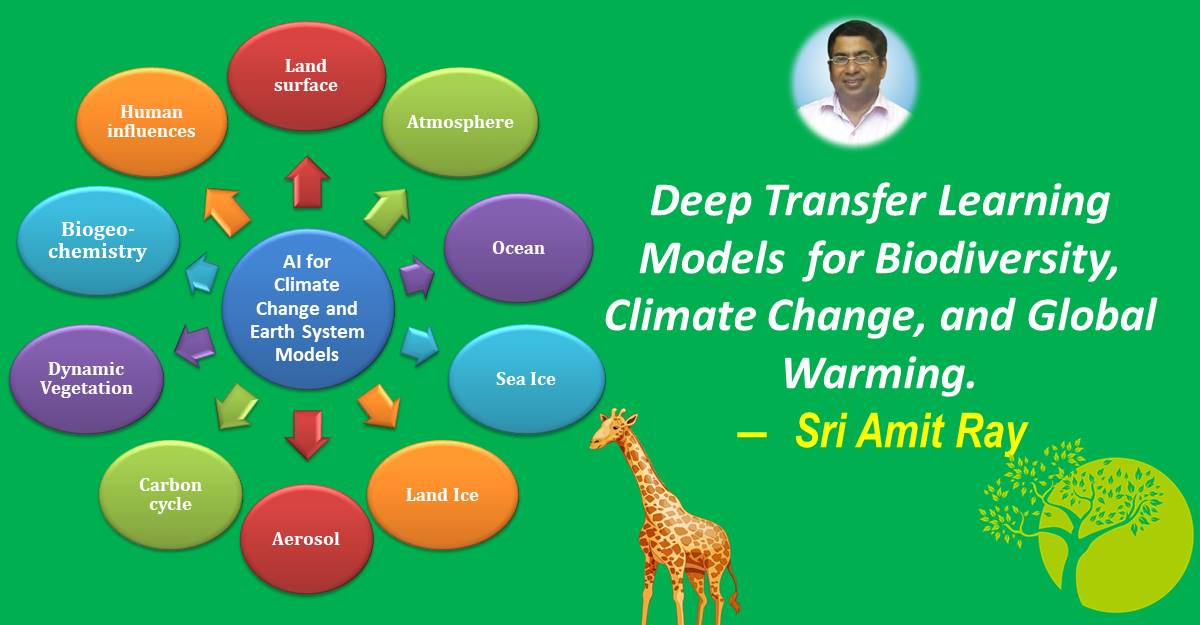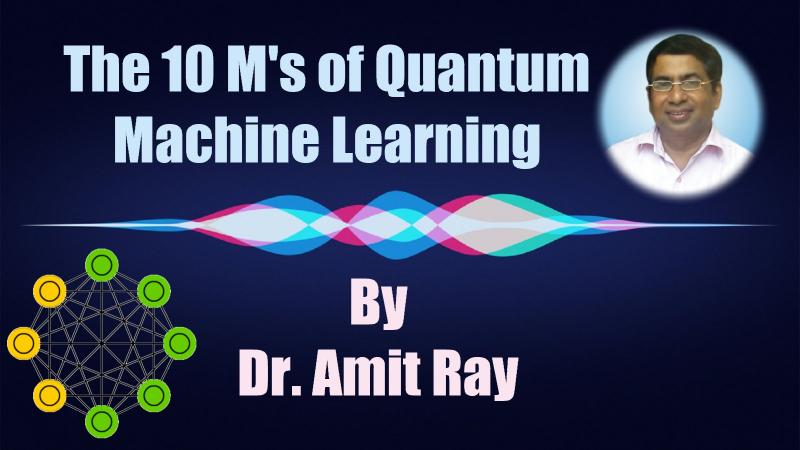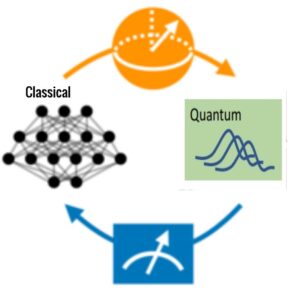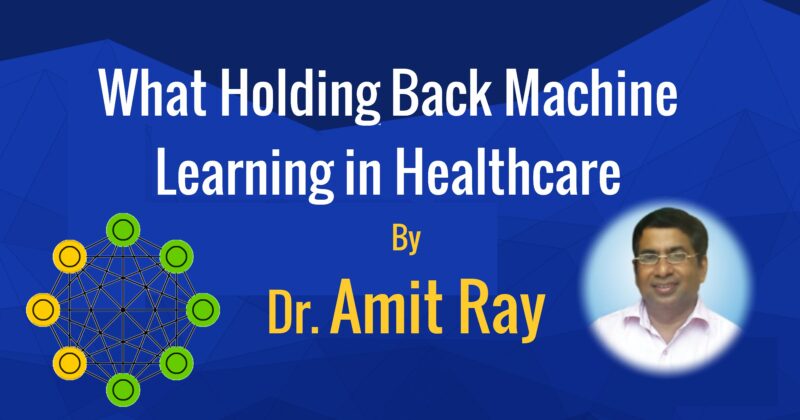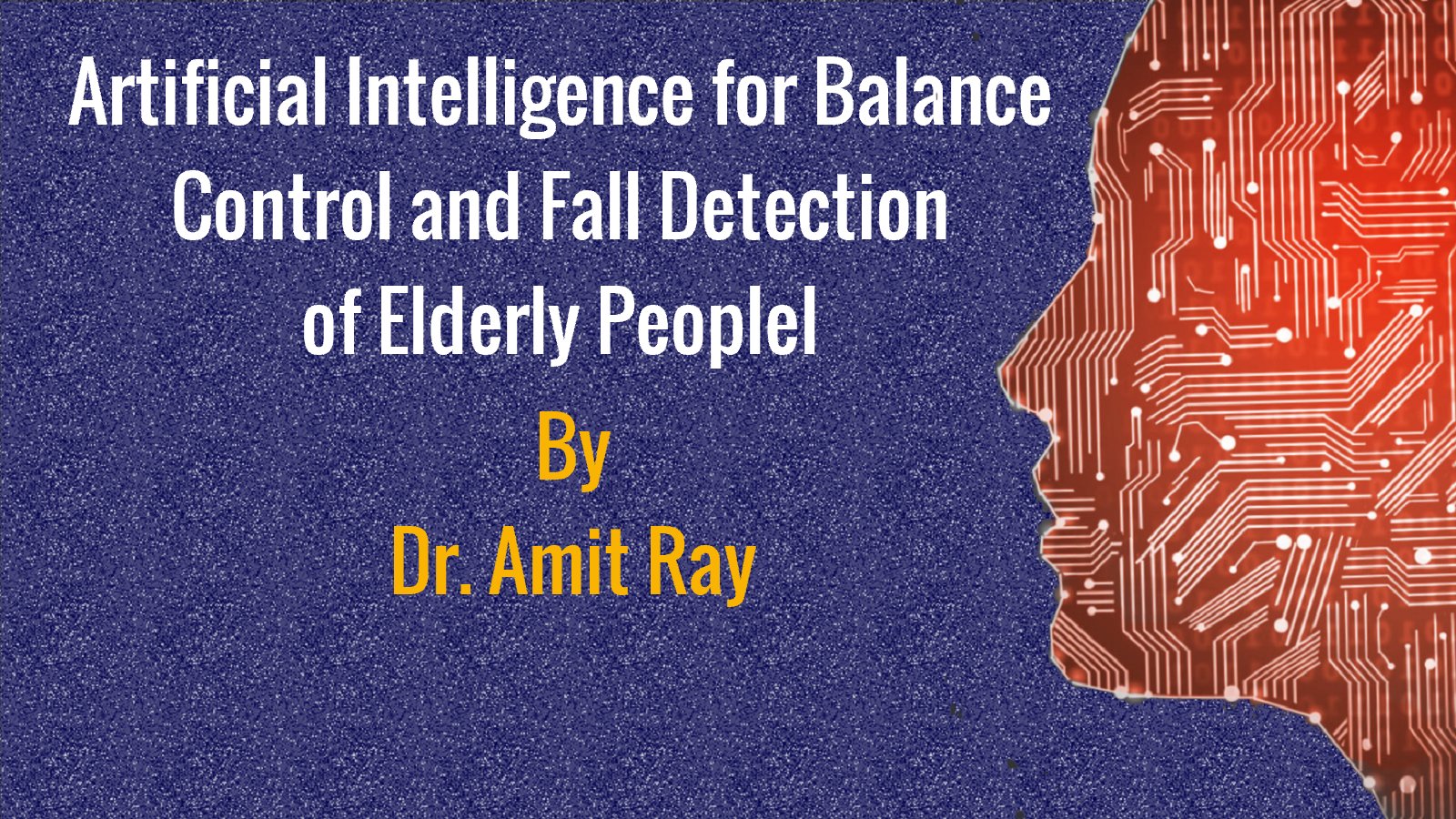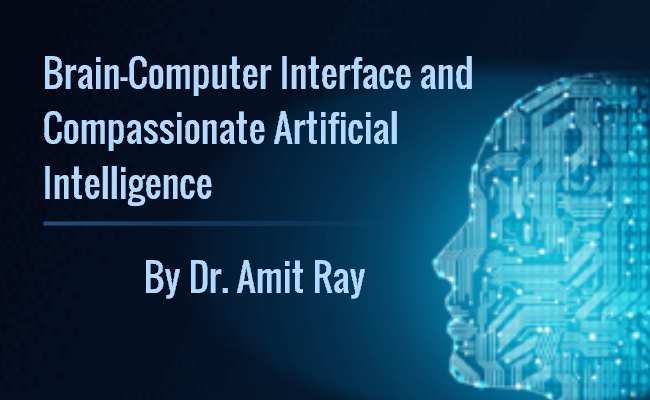The recent craze for Data Center Free AI stems from growing concerns over the massive energy consumption, carbon footprint, and centralization of AI models reliant on cloud infrastructure. As a result, researchers and industries across the world are shifting fast towards decentralized, edge-based, and sustainable AI solutions that can operate efficiently without data centers, leveraging low-power devices, federated learning, and renewable energy to ensure scalability and environmental responsibility.

This article introduces Mobile AI Brick Computing, a groundbreaking concept that envisions autonomous, portable AI computing units designed for large-scale deployment of Knowledge-Augmented Generation (KAG), Retrieval-Augmented Generation (RAG), Large Language Models (LLMs), and Mixture of Experts (MOE) AI architectures.
The increasing demand for artificial intelligence (AI) applications has led to unprecedented reliance on centralized cloud computing, resulting in high energy consumption, increased latency, and concerns over data privacy. As AI models grow in complexity, the need for sustainable, decentralized, and scalable AI processing has become more evident. One emerging concept aimed at addressing these challenges is AI Mobile Brick Computing—a novel approach that leverages modular, self-sufficient AI processing units capable of running AI workloads without the need for centralized data centers.
AI Mobile Brick Computing envisions autonomous, portable AI computing units, designed for local AI inference, decentralized model training, and renewable-powered AI processing. By moving away from the traditional cloud-AI dependency, these compact AI bricks—which can be embedded in mobile devices, IoT nodes, or edge computing stations—offer a sustainable alternative for real-time AI processing and energy-efficient deployment.
What is an AI Brick?
An AI Brick is a modular, self-sufficient AI processing unit designed to run AI workloads without relying on centralized data centers. It is a portable, energy-efficient, and decentralized AI computing module that can perform inference, training, and distributed learning using low-power hardware, federated learning, and renewable energy sources.
AI Bricks are envisioned as building blocks of decentralized AI ecosystems, capable of running Knowledge-Augmented Generation (KAG), Retrieval-Augmented Generation (RAG), Large Language Models (LLMs), and Mixture of Experts (MOE) architectures at the edge. Unlike traditional AI deployments that depend on cloud-based GPUs, AI Bricks are designed for scalability, mobility, and sustainability, enabling AI applications to function efficiently in off-grid, remote, and distributed environments.
AI Bricks are not just AI processors—they are self-sustaining, intelligent AI nodes capable of operating independently and collaboratively within decentralized AI ecosystems. Their six capabilities—autonomy, decentralized learning, knowledge efficiency, AI collaboration, real-time execution, and energy optimization—make them ideal for next-generation AI deployment.

As the demand for Data Center Free AI grows, AI Bricks provide a scalable, efficient, and sustainable alternative to traditional AI models, enabling AI to be faster, smarter, greener, and compassionate.
Read more ..










